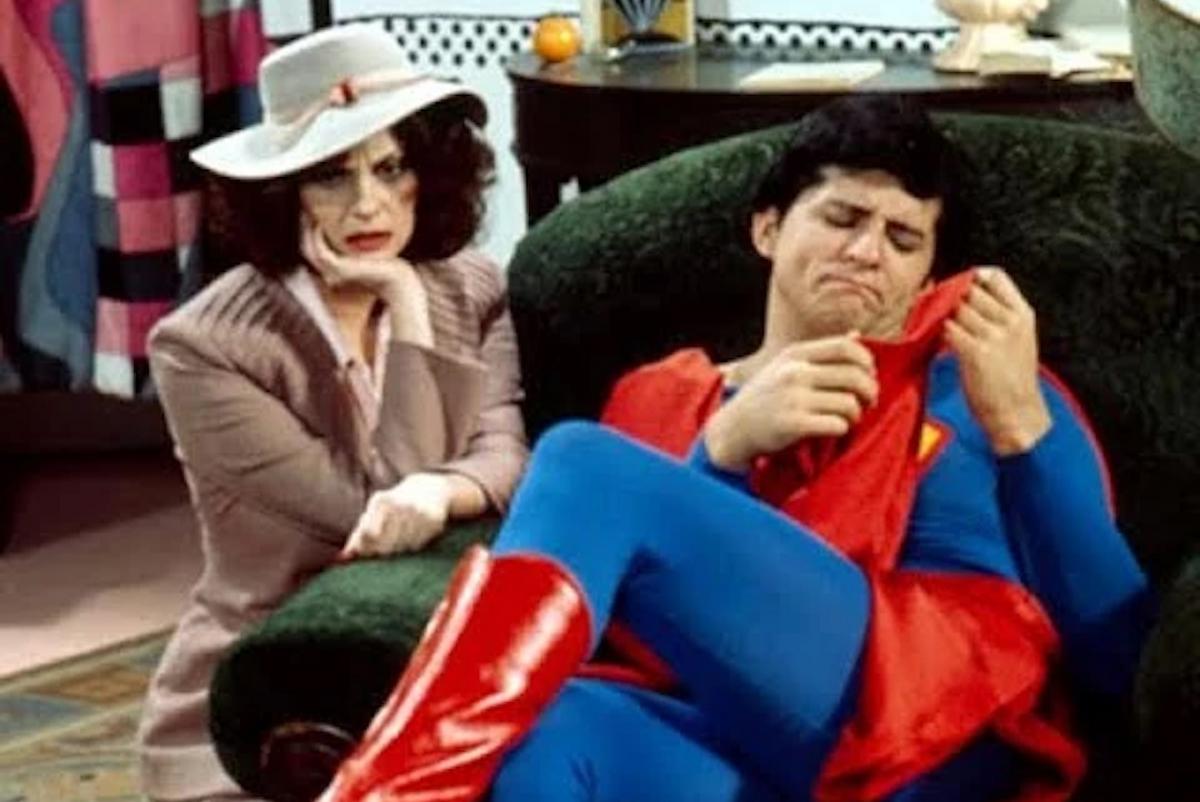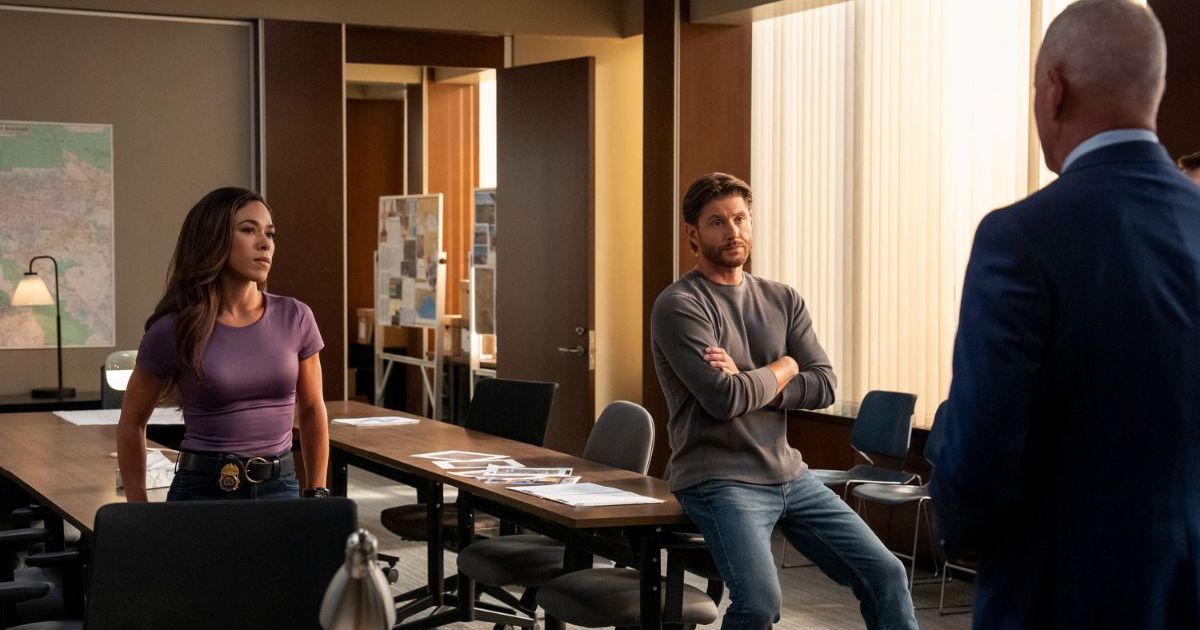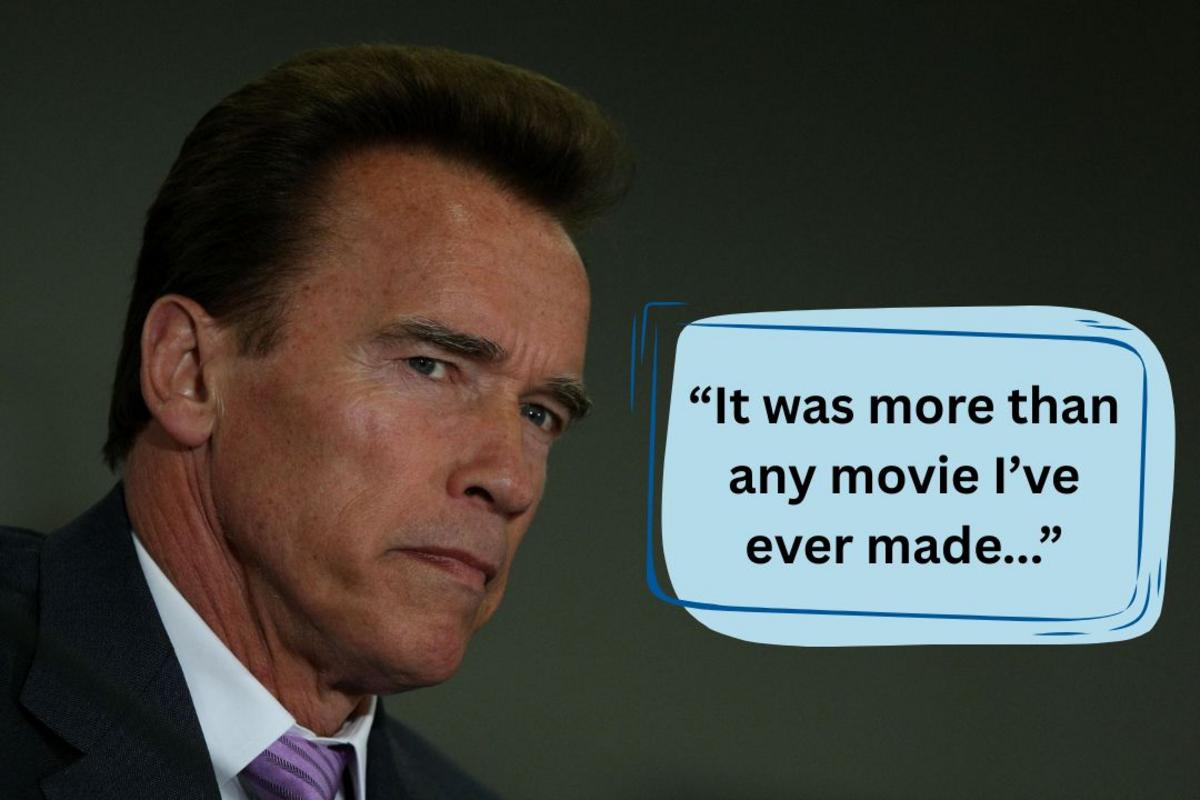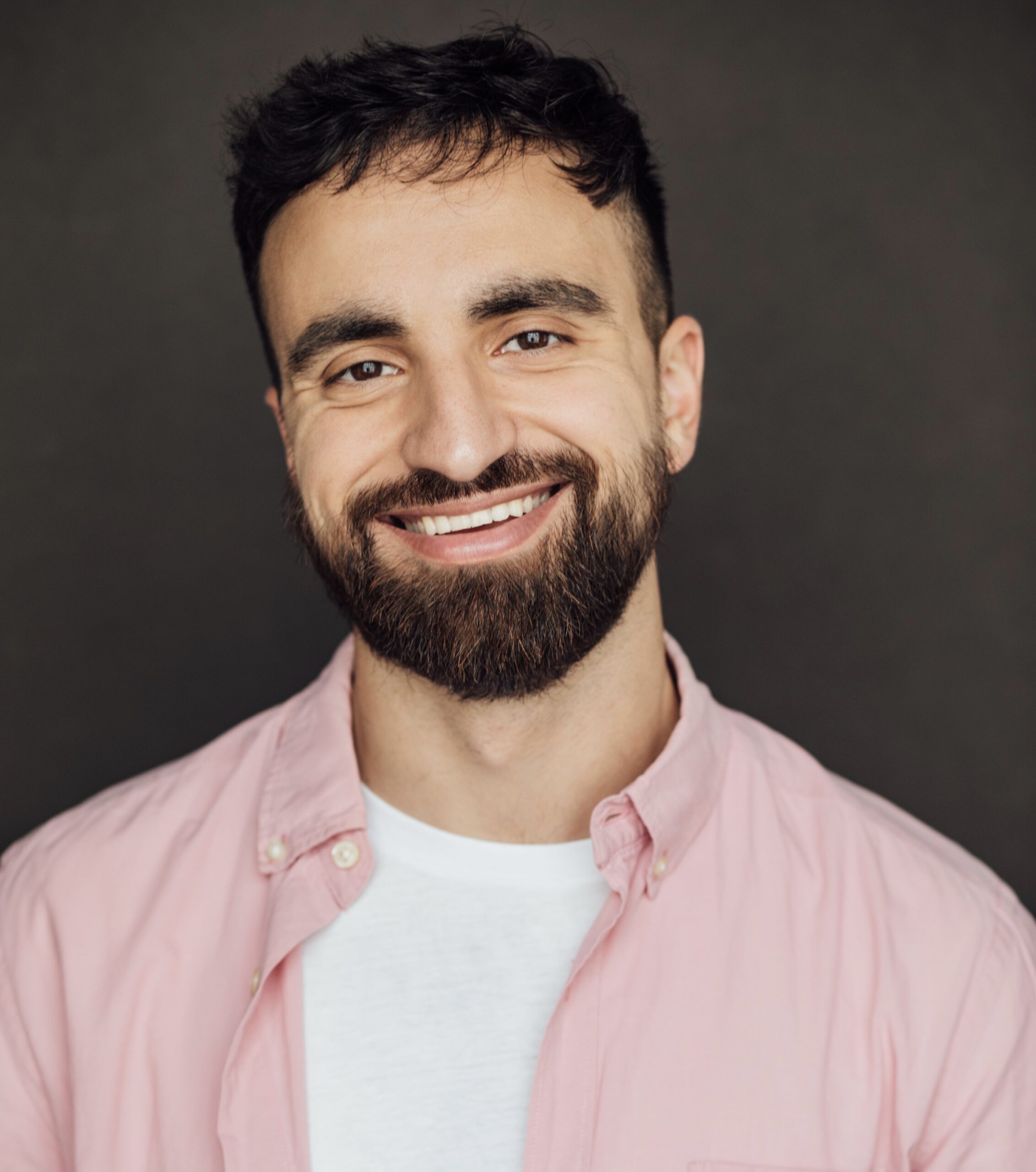The DOXA Documentary Film Festival is once again spotlighting powerful storytelling, and this year, Nechako: It Will Be a Big River Again stands out as a deeply personal and timely premiere.
Screening on May 3 at the VIFF Centre and May 9 at the Djavad Mowafaghian Cinema, Lyana Patrick’s new film traces the decades-long fight of the Stellat’en and Saik’uz First Nations to restore the Nechako River, a once-mighty waterway devastated by industrial development.
Background: The Story of the Nechako River
The story of Nechako: It Will Be a Big River Again begins decades ago, in the early 1950s, when the construction of the Kenney Dam forever altered the landscape of northern British Columbia.
Built to divert the Nechako River’s flow toward an aluminum smelting plant, the dam reduced the river’s volume by an astonishing 70%. The environmental consequences were immediate and devastating: vital salmon habitats were destroyed, local ecosystems collapsed, and the livelihoods of the Stellat’en and Saik’uz First Nations were irreparably harmed.
But the damage didn’t stop at the riverbanks. Flooding, the construction of industrial roads, and unchecked resource extraction carved deep scars across the land. For the Stellat’en and Saik’uz peoples, these changes weren’t just environmental—they struck at the heart of their cultural and spiritual connection to the Nechako. Over the generations, the fight to restore the river became a symbol of resistance, identity, and survival. As one river keeper says in the film, “The way of the salmon is the only way forward.”
About the Film
Directed by Lyana Patrick and produced by the National Film Board of Canada, Nechako: It Will Be a Big River Again captures the enduring struggle of the Stellat’en and Saik’uz First Nations to restore their river and assert their fishing rights.
While documenting this journey, Patrick witnessed the Nechako salmon stock plummet to a historic low and the BC Court of Appeal deliver a pivotal ruling in the nations’ decades-long legal battle against Rio Tinto Alcan and two levels of government.
Although the film effectively summarizes the legal and environmental challenges, its deeper strength lies in the emotional portrait it paints of the community itself. As Patrick explains, “this film was asked for by community, to tell a particular story, so I needed to convey certain pieces of information. But I wanted to do so in a way that let the people speak for themselves, and the land and the water speak for themselves.”
Patrick’s style embraces a “cultural approach,” one that honours the values she grew up with. “I feel like when we were growing up, the quiet and the silence were really valued, and you didn’t have to fill every moment with speaking,” she says. “Just observing.” Through lingering, immersive scenes, Patrick invites viewers to slow down and truly absorb the people, the land, and the histories woven into the Nechako’s waters.
In April, before its DOXA premiere, Patrick previewed the film in Vanderhoof—the community she grew up in—offering an emotional first look to those who lived the story.
In her words, the project mirrors a broader history: “Understanding the extent and the breadth of the Nechako watershed, learning so much more about the places, the spaces, the waters where I grew up… we kind of pieced it together for ourselves and figured out that there was all this colonial violence, these policies, and there were reasons why we witnessed what we witnessed, and realizing that this dam was responsible for so much damage.”
Themes and Storytelling Approach
Nechako: It Will Be a Big River Again is driven by deep emotional undercurrents—both personal and collective. Although it addresses political and legal battles, the film remains grounded in the everyday lives of those affected. Patrick is careful to avoid a didactic tone.
As she describes, “I have a deep love of slow films. My family calls them ‘Lyana movies’, the ones that take their time, with long scenes, and you’re kinda feeling sleepy. I want to be immersed in a space, and I was really hoping to make something like that.”
The film’s deliberate pacing reflects a cultural sensibility rooted in patience, observation, and respect for silence. Patrick’s approach allows the land, the water, and the community to speak for themselves, creating a space where emotional truths rise naturally to the surface.
Her strategy results in a documentary filled with moments of quiet power, such as tearful reflections from Saik’uz First Nation councillor Jasmine Thomas and affectionate conversations between Archie Patrick and former Saik’uz chief Jackie Thomas.
Patrick acknowledges the challenges she faced as both a filmmaker and an academic: “As an academic, I know I can get stuck my head,” she admits. But Nechako chooses emotional authenticity over analytical distance.
One striking scene captures Rodney Teed, a former Saik’uz chief, reacting to the BC Court of Appeal’s decision on Aboriginal fishing rights. When he asks his companions to “dumb it down for me a little,” the film gently reminds viewers of the human stakes behind legal language.
In the words of Patrick: “This is the result, now we think about what we do next.” Though the court ruling placed liability on the government rather than Rio Tinto Alcan, the fight for the river is far from over.
As Jasmine Thomas says at the end of the film, “They hope they’ll bleed us out, we’re gonna do what it takes.” Rodney Teed echoes the same unshakable resolve: “They can take everything and leave, but we’re not going anywhere.”
At its heart, Nechako is a story about persistence, place, and the unbreakable bond between people and their homeland.
Screenings and Premiere Details
Nechako: It Will Be a Big River Again will premiere at this year’s DOXA Documentary Film Festival with two scheduled screenings. The film will first be shown at the VIFF Centre on May 3 at 5:00 PM. A second screening will take place on May 9 at 5:00 PM at the Djavad Mowafaghian Cinema.
Produced by the National Film Board of Canada (NFB), Nechako brings an intimate, community-driven story to a wider audience—one that speaks to environmental justice, Indigenous rights, and the enduring spirit of those fighting to protect their land and waterways.
Wrapping Up
With Nechako: It Will Be a Big River Again, Lyana Patrick offers a moving and deeply personal portrait of resistance, resilience, and reverence for the land. By returning to her home territory and centring the voices of those most affected, Patrick crafts a film that is as much about hope as it is about history.
Despite decades of devastation caused by the dam and relentless industrial pressure, the fight to restore the Nechako River and uphold Indigenous fishing rights continues across generations.
Through patient storytelling and an unwavering cultural lens, Nechako invites audiences to witness this enduring connection to land and water—and the determination of a people who refuse to leave.




